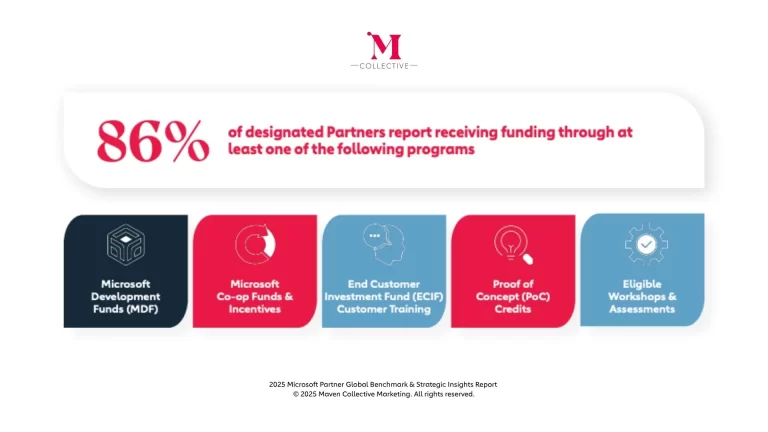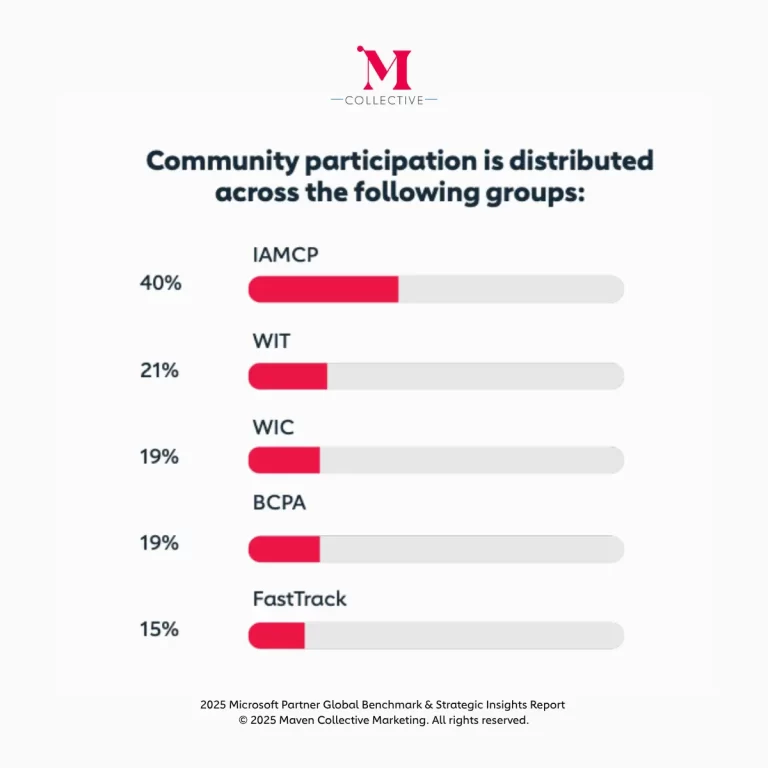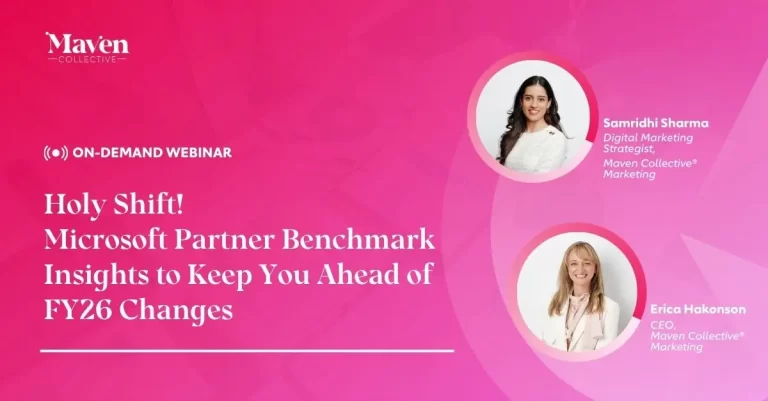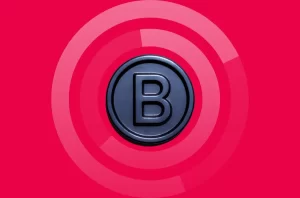Data Trends Shaping Microsoft Partners in FY26
Estimated Read Time: 3 minutes
Intended Audience: Microsoft Partners
FY26 marks a pivotal moment for Microsoft Partners navigating new priorities and programs. Drawing from the 2025 Global Microsoft Partner Benchmarking & Strategic Insights Report, the latest data highlights how Partners are adapting to this changing landscape.
With insights gathered from hundreds of Microsoft Partners across North America and Europe, spanning Microsoft Channel Partners (CSPs, MSPs, VARs), SIs, and Software Development Companies (ISVs), and supported by over 50,000 data points, the findings paint a clear picture of where the ecosystem is headed next.
Here are some of the most compelling takeaways shaping partner success in FY26. For the full picture, watch the free on-demand Holy Shift! Microsoft Partner Insights to Get Ahead in FY26 webinar.
FY26 Microsoft Report Insights: Partner Designations
Microsoft Partner Solution designations remain one of the strongest drivers of growth for Microsoft Partners. The data shows that Partners holding designations in Digital & App Innovation (93%), Azure Infrastructure (91%), Business Applications (91%), and Security (88%) were the most likely to report receiving leads directly from Microsoft. Even designations with lower percentages, like Data & AI (81%) and Modern Work (76%), still provided clear advantages compared to the 38% of Partners with no designation.
However, with Microsoft combining its six Solution Areas into three broader categories in 2026, Partners may need to earn new specializations to retain or qualify for their designations. For instance, the Modern Work and Business Applications areas are now part of AI Business Solutions, meaning partners should assess where they have gaps—such as missing AI specializations—and fill them to stay competitive and eligible for funding and new opportunities in FY26.

FY26 Marketplace Trends Based on Microsoft Report
For Microsoft Partners, having a presence in the Marketplace is quickly becoming one of the most important ways to generate leads and gain support from Microsoft. Marketplace listings are no longer just nice to have. They are directly influencing how Partners are discovered, promoted, and connected to opportunities.
Interestingly, 83% of Partners focus on just one or two Marketplaces, rather than trying to be everywhere at once. This means Partners now need to be more strategic about where they invest their time and resources.
How Microsoft Partners Get Leads in FY26
One of the biggest questions for Microsoft Partners is where leads are really coming from. The data shows that the top sources are:
- Microsoft Marketplaces & Microsoft Partner Center (46%)
- 1:1 Microsoft Relationships (44%)
- Microsoft Partner Community & Network (29%)
These numbers highlight that Marketplaces and direct Microsoft relationships are carrying the most weight, while the Partner community and network still provide meaningful opportunities for collaboration and referrals.
However, it is not the same for everyone. Different Partner types are seeing different conversion rates across these platforms. Knowing where your business performs best is essential for prioritizing the right mix of lead sources in FY26. In our webinar, we share which channels deliver the highest conversion rates for each Partner type.
Marketing Investment and Funding in FY26
The data shows that 87% of Microsoft Partners invest more than 2% of their annual revenue in marketing. Even at lower levels, the effect is noticeable. Partners that invest just over 1% report a lead generation rate of 81%.
Microsoft also provides support through funding programs designed to make marketing more accessible. A common example is Co-op Marketing Funds, which helps Partners cover costs for marketing initiatives. Programs like this give Partners an additional way to extend their reach and strengthen demand generation activities.
Microsoft Report Insights on Community & Media

FY26 Partner Success Core Benefits
Another area where top Microsoft Partners are gaining an edge is by making the most of Partner Success Core Benefits.
So, what are Partner Success Core Benefits? They are the enablement and go-to-market benefits tied to Solutions Partner designations, everything from product licenses and technical support to training resources and go-to-market services. These benefits are designed to help Partners strengthen expertise, reduce costs, and accelerate growth. The latest data shows that adoption is strongest among mid-market Partners ($10.1M–$50M), showing that these benefits are especially valuable for scaling solutions and expanding into new markets.
We have now updated our 2025 Global Microsoft Partner Benchmarking & Insights Report
Watch the Full FY26 Microsoft Report Webinar
These highlights are just the tip of the iceberg. The full findings go much deeper into the trends, challenges, and opportunities shaping Microsoft Partner success in FY26. To explore the complete report, you can watch the on-demand webinar here.
For a more comprehensive look at the data with actionable next steps, be sure to download the full report.





